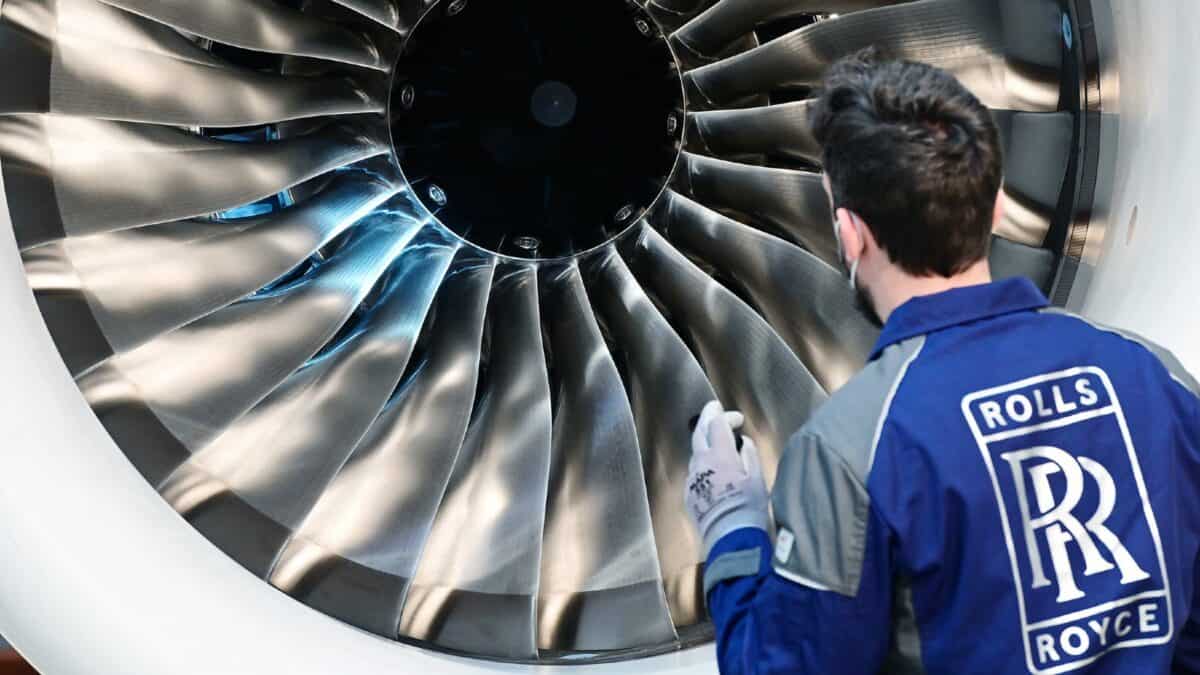The aeronautical engineer Rolls-Royce (LSE: RR) is no stranger to dealing with turbulence. Its own financial performance over the past few years has involved staggering shifts in altitude. Rolls-Royce shares are now a little over 11 times the price they were when the company raised cash in late 2020 by flooding the market with new shares at a low price.
Interestingly, though, after the company published its full-year results last week, investor enthusiasm has remained strong. Some City analysts have increased their target price for Rolls-Royce shares.
So, could I still try to ride the company’s long-term commercial prospects by investing now?
Passive income stocks: our picks
Do you like the idea of dividend income?
The prospect of investing in a company just once, then sitting back and watching as it potentially pays a dividend out over and over?
If you’re excited by the thought of regular passive income payments, as well as the potential for significant growth on your initial investment…
Then we think you’ll want to see this report inside Motley Fool Share Advisor — ‘5 Essential Stocks For Passive Income Seekers’.
What’s more, today we’re giving away one of these stock picks, absolutely free!
Lots to like
I think there are quite a few things to like about the business.
Demand for aircraft engines is high and likely to remain that way for years as air travel has come storming back after it largely petered out in 2020.
Engine makers can make money selling an engine. But with a working life of decades and safety-critical functionality, servicing the engines often turns out to be bigger business over the long term than the initial sale.
Barriers to entry are high, limiting competition and helping maintain firms’ pricing power. Rolls has a large customer base and sizeable sales pipeline. Its order book for large engines stood at 1,632 at the end of last year.
Trading cash flow soared last year in the company’s key civil aerospace division. But it also almost tripled in the power systems business and grew in defence, an area set to experience higher demand for the foreseeable future.
What are Rolls-Royce shares worth?
Clearly, the company is performing well and could do even better over the next few years.
It has set out ambitious goals for the medium term and described last week’s results as “a significant step towards our mid-term targets”.
That helps explain why some investors see Rolls-Royce shares as attractively priced even after they soared since the dark days of 2020.
Last year’s statutory earnings per share of almost 29p mean that the business now trades on a price-to-earnings (P/E) ratio of 13. For a well-performing FTSE 100 company that already seems reasonable in my view.
But if the business can deliver on its ambitious goals, earnings could grow. On that basis, the prospective P/E ratio may be in single digits even at the current share price. That valuation looks cheap to me.
I’m not buying
But such a valuation relies on the company staying the course.
Progress so far has been good but there is much work to be done to bridge the gap between the company’s historical performance and its challenging goals on a sustainable basis.
That might be impeded by risks outside Rolls’s control. The 2020 rights issue followed a collapse in demand due to events beyond the firm’s control. That is an ongoing risk in aviation and could again badly hurt profitability at some point in future.
Rolls-Royce shares currently look priced for performance in line with the company’s targets.
If that does not materialise, for any reason, the price affords no margin of safety for me as an investor. So I have no plans to invest.








